Education and the Economy: How Might Education Shape the Future of How We Live and Work
Key Points
-
Students want meaningful work and a more just world.
-
If interested in engaging students in regenerative economic models, doughnut economics is a great place to start.
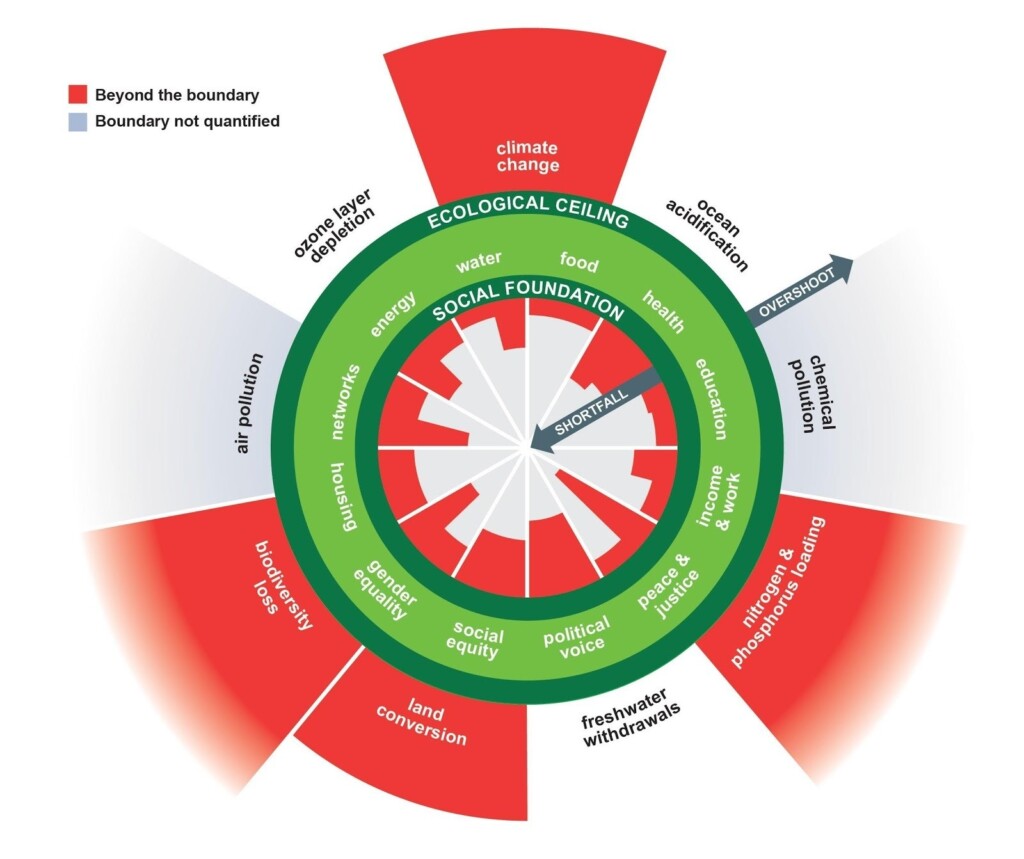
It is hard to understand the changes we should make in education without considering how life and work might evolve. If school is meant to prepare students for adulthood, and if education is meant to equip them with the tools needed to shape their lives and our future, it seems worthwhile they would understand the systems at play that dictate their day-to-day lives.
Many who critique our current education model are quick to cite the lack of practical skills and know-how in many formal curriculums. Topics like financial literacy, understanding how insurance works, or basic health and wellness advice can prove wanting, and might impact personal choices. In addition, we often fail to provide access to courses that facilitate systems thinking so that students are able to connect their daily life to the larger system at play. This lack of understanding at both the macro and micro level as to how things work can deter students from having agency over their lives. If we want students to thrive – we need to help them to understand the system we currently live in while providing a grander vision of what that system could look like (as well as the practical skills to get there).
Only 25 states currently require students to take an economics course. This signifies that many students never really have the opportunity to explore how our free-market system works – and the challenges and opportunities we have to improve how we do things. The lack of understanding towards economics makes it hard for many to reimagine the world of work, and the possible changes we can make to our systems to improve quality of life and protect our planet.
It also impacts career pathways as students might struggle to see how their professional and consumer choices are part of a larger whole. When students have a more holistic way to make sense of the flow of goods and services it can generate greater insights into how society functions. From understanding purchasing power (past and present), to the housing market, to instruments that measure the health of a society (e.g the gini coefficient for inequality, the Human Development Index (HDI) for standard of living, or Gross Domestic Product (GDP) for wealth). Without some sort of sensemaking framework it can be hard for students to grasp other concepts like career awareness or financial literacy because it’s unclear how these pieces fit into the larger picture.
Students should be encouraged to not only learn about our economic system, but to critically think about the different levers we have in place to grow wealth yet still do good for the world. Economic systems are something that can evolve to positively shape how we live and work. In fact, in many places the dialogue has already started on what our economy might look like, and it seems time to bring our youth into those conversations.
How are people discussing the economy?
The United Nations developed the Sustainable Development Goals (SDGs) as “a blueprint to achieve peace and prosperity for people and for the planet.” In order to achieve the seventeen goals, there has been ample dialogue around how we can rethink our systems so that we can achieve these goals. How we exchange goods and services, the way we do business, and policies that incentivize good practice have encouraged conversations about how we reshape our economies.
Social Economy – The social economy often refers to the array of business structures that strive to be economically viable, but with a socially driven mission. This concept is important because recognizing the value of social businesses is a first step in understanding the power of using business to do good. It can help us rethink how we blend the mission of the non-profit with the self-sufficiency of a for-profit to both solve problems and generate wealth.
Circular Economy – The circular economy model questions how we use our resources and eliminate waste. In traditional economics courses we are usually taught a very linear approach towards how we produce and consume goods and services. Instead of taking materials from the earth, producing them into a good, using them as a consumer, and then throwing that good away, the circular economy asks how we create a more continuous flow of materials and resources.
Regenerative Economy – Regenerative capitalism revolves around the idea that capitalism doesn’t need to be extractive, but can rather restore so that we live within our bounds. This approach encourages us to see nature as a core part of what we do, an element we work with so that people and the planet can continue to thrive. It’s a more thoughtful approach as to how we can still have free-market principles, but applied in a way that replenishes the earth instead of depleting it.
Making Economic Systems Practical for Youth
One of the best ways to engage students in the world of economics is through doughnut economics. This model has already been adapted for a classroom setting to help engage students in the many questions we have about how we might rethink our economic systems to solve the challenges of our time. It’s digestible and actionable – something we can use to provide students with a lens for the big picture of how our systems work (or could work).
When students understand that economic systems are indeed malleable, it helps them to understand their power as consumers (and employers) to drive change and achieve impact. Learning about economics might help them to realize their power as consumers, and their decisions about the companies and organizations where they choose to work or do their business. It may help them to differentiate when a policy should be geared for consumers versus producers (e.g. should it be up to the individual consumer to bring a reusable bag to the store or should producers be banned from offering unsustainable disposable bags? Which makes a greater impact?). It can help them look for signs that the companies they work for or buy from are socially responsible. For instance, B-Corp certification is a way for youth to identify if a business operates in a way that is socially and environmentally friendly.
Understanding both the macro and micro layers of our economic system can benefit students on many levels. Of course, without any knowledge around our current system, how can we ask students to reimagine our current model? If we want students to live a more purposeful life – one in which they make an impact – perhaps we need to provide more of a vision for how that can be achieved. Students want meaningful work and a more just world. This requires we don’t leave them in the dark on how the world works, but rather open them up to new possibilities on how it could work.
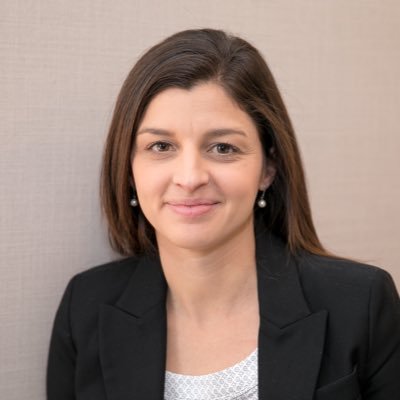

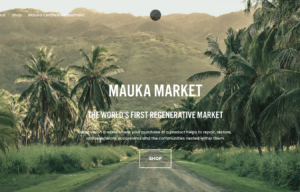
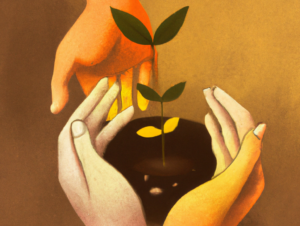
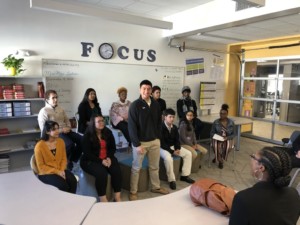
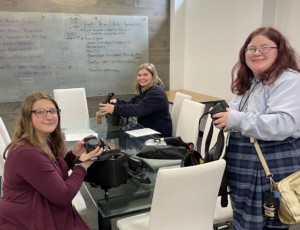
0 Comments
Leave a Comment
Your email address will not be published. All fields are required.